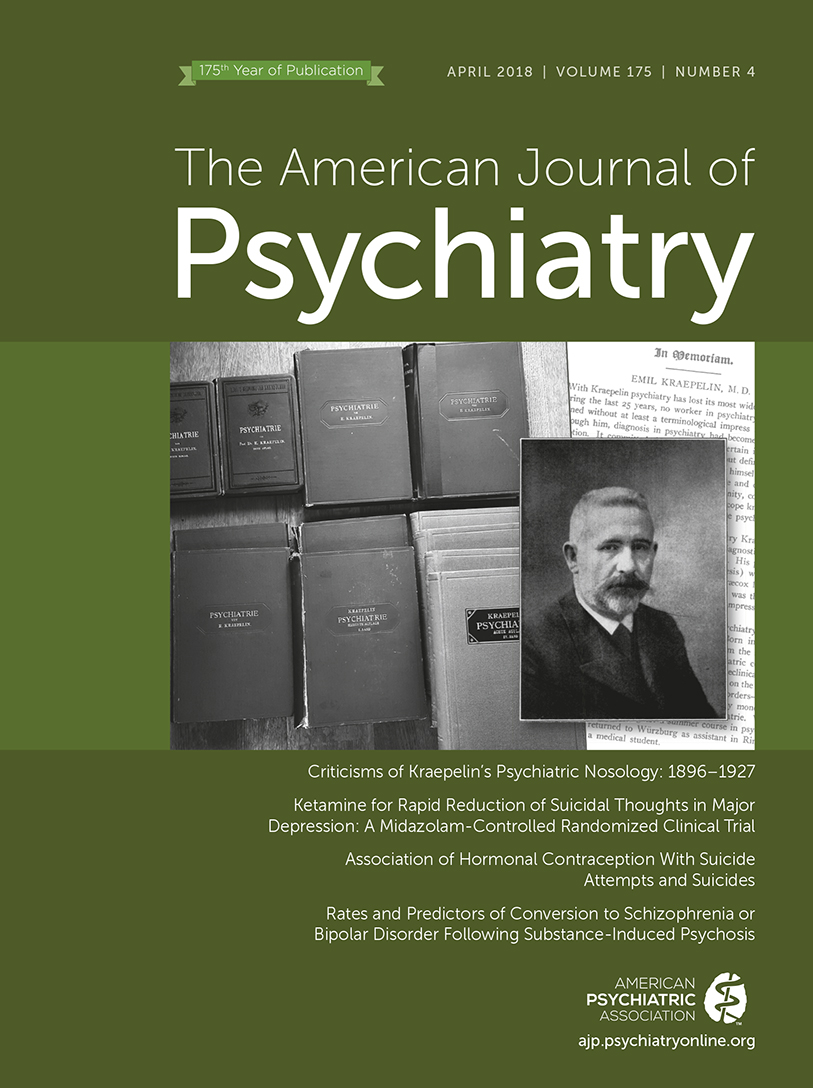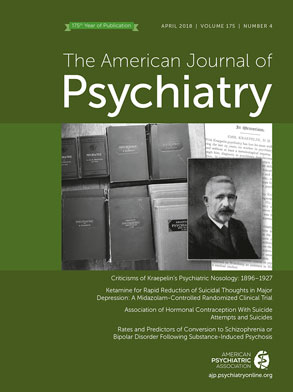Even if it seems impossible to synthesize the evolution of Louis Wain’s work, we have tried here to present the extreme polymorphism of his artwork. “The man who drew cats” (
1) was an important witness of the phases of schizophrenia, a condition that characterized many decades of his life. Wain, born in 1860 in London, could not start school until the age of 10 because of his physical weakness. After attending the West London School of Art, he started to work as an art teacher and illustrator. At age 24, he married Emily Richardson, who unfortunately was soon discovered to be affected by breast cancer. To comfort his beloved wife, Wain brought home a black and white cat named Peter. Although Wain had never drawn cats before that period, they quickly became his favorite subject, initially with the main purpose of sublimating Emily’s (and probably his own) suffering. Wain soon started to publish his drawings, with remarkable success. In 1886, the editor of the
Illustrated London News commissioned Wain to create a poster for the magazine: “A Kitten Christmas Party.” This moment probably represented the peak of his fame. After Emily’s death, cats became a pervasive obsession for Wain, who still flexibly adopted an incredible variety of styles, in contrast to the rigidity of the subject. However, other tragic events in his life—the death of his cat Peter and of one of his sisters—very likely contributed to his mental breakdown. Wain started to become more and more paranoid, eventually experiencing a florid and severe psychosis. After exhibiting physical aggression toward his remaining sisters, he was hospitalized in different psychiatric institutions, where he remained until his death in 1939 (
2).
Even if it is difficult to associate Wain’s drawings chronologically with the different periods of his life and his mental condition, his astonishing ability to use different techniques definitely suggests an extended range of perceptual (or, at least, conceptual) sets within the artist’s mind. These different modalities of representation defined the strong bond between Wain’s ever-changing style and his mental deterioration: the very expressions of his cats seem to absorb the emotional charge felt by the author, from a more objective relation with reality to a sort of personified dismay.
Only speculations are possible about the exact link between Wain’s protean artwork and the different phases of his schizophrenia. Nevertheless, the echoes of his burden resonate in all his late drawings, which seem to mirror his multiple, unconventional ways of experiencing and interpreting the external world.


